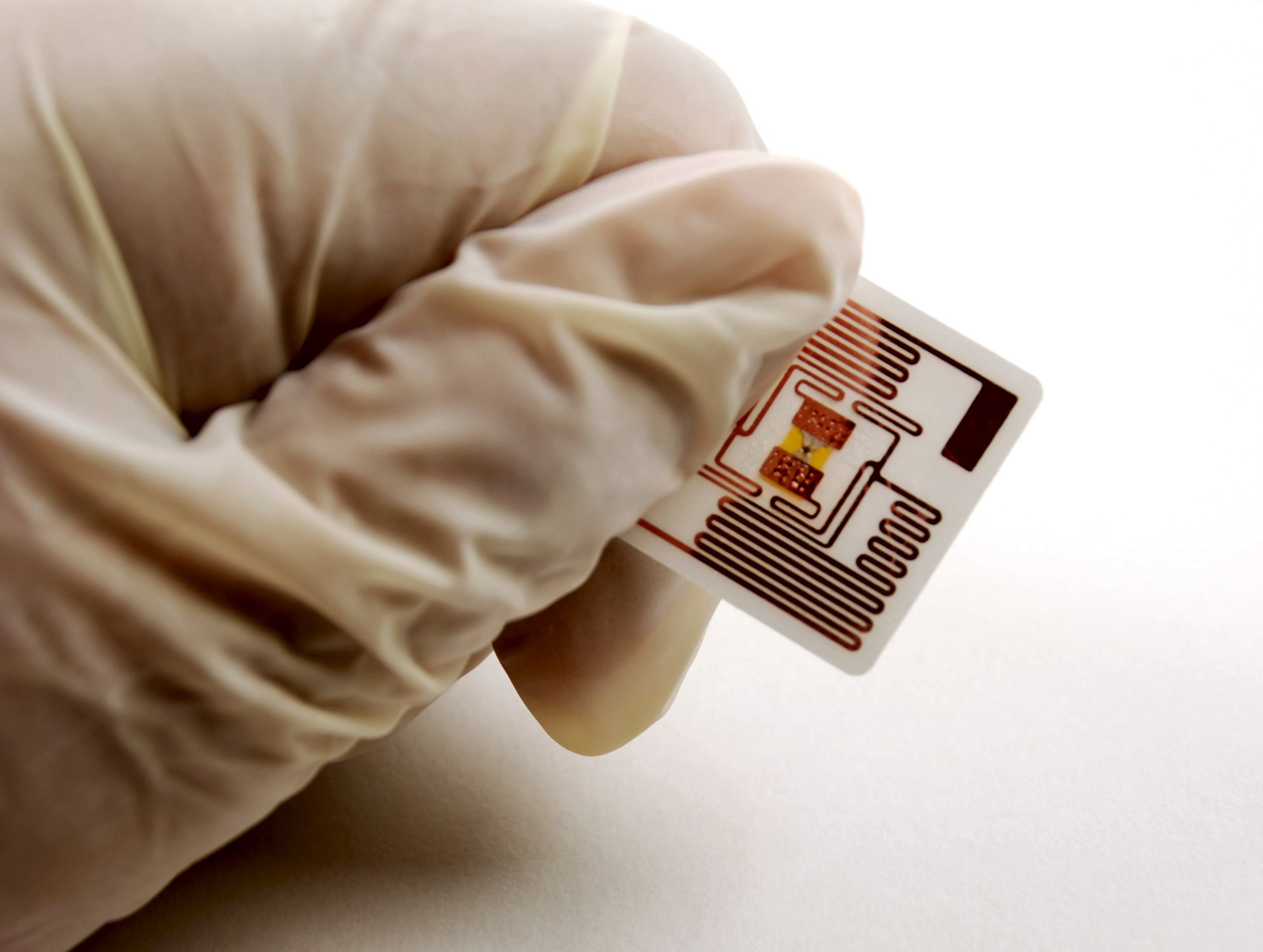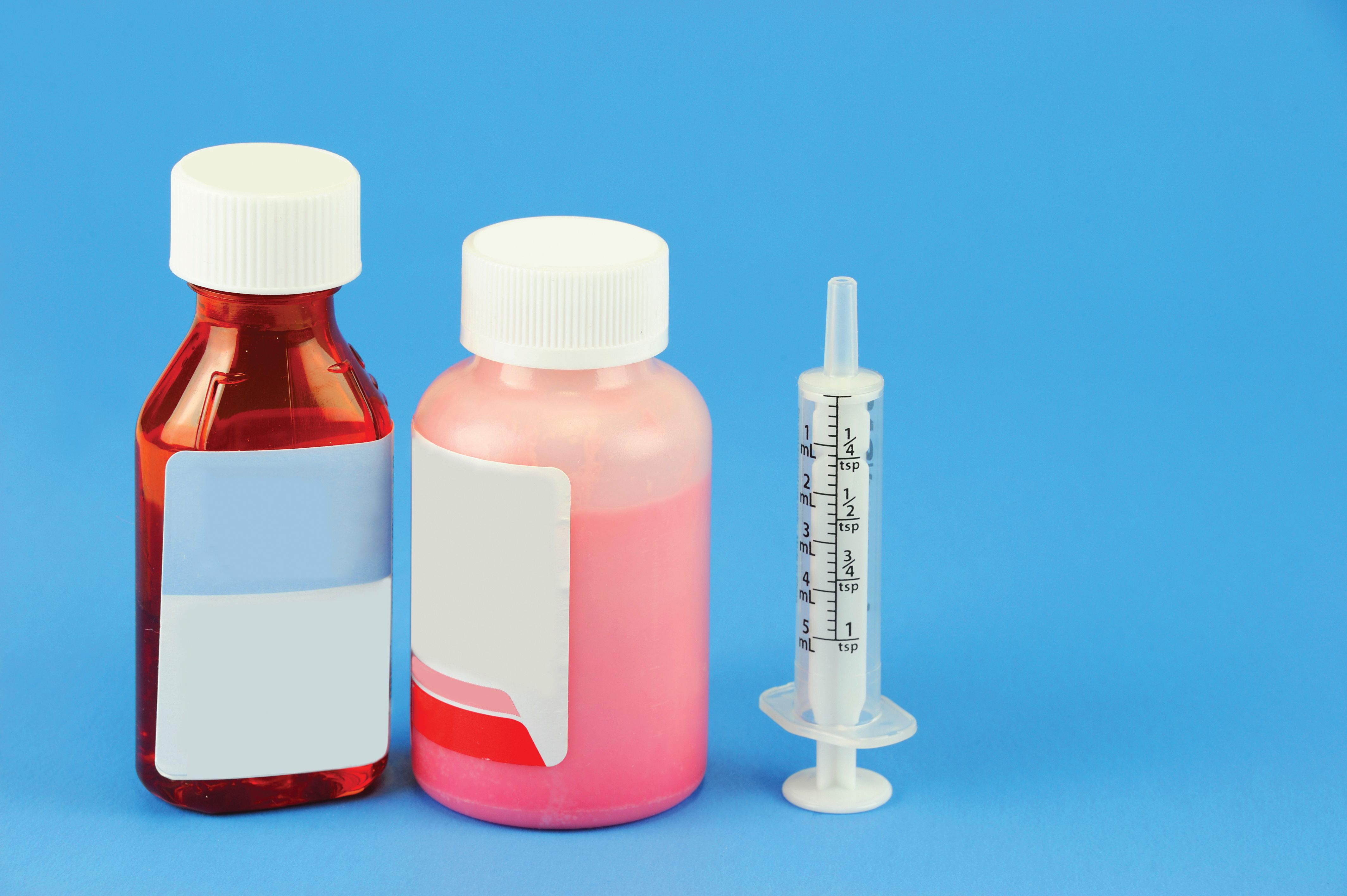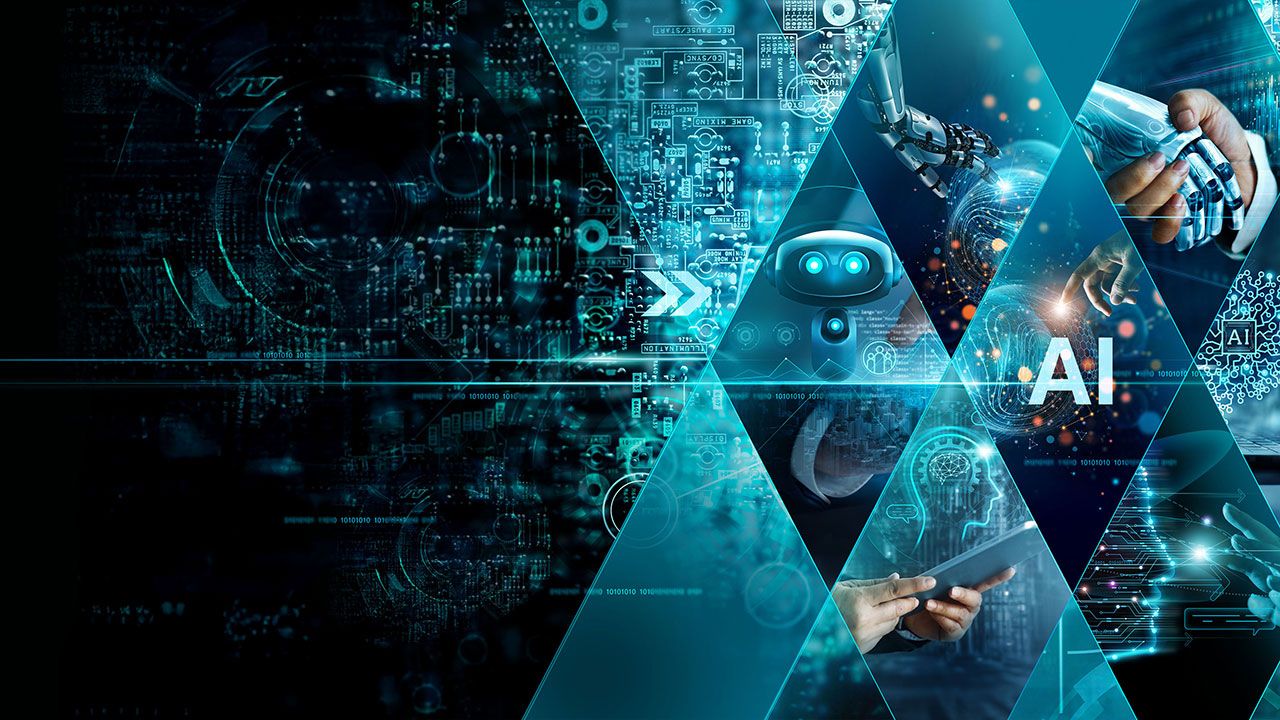Publication
Article
Pharmaceutical Technology
Pharmaceutical Technology's Equipment and Machinery Spending Survey
The pharmaceutical industry plans moderate increases in spending for equipment and machinery in 2007 as expenditures hold steady.
The results of Pharmaceutical Technology's Equipment and Machinery Spending Survey show that spending on pharmaceutical equipment and equipment is holding steady for 2007, with moderate increases planned for this year. The survey gauges spending levels and factors influencing spending for machinery and equipment used in pharmaceutical manufacturing.
For purposes of the survey, machinery and equipment refers to equipment and machinery for solid-dosage, aseptic, sterile, parenteral, active pharmaceutical ingredient manufacturing, quality control and assurance (including analytical instrumentation and laboratory equipment), process control and automation, pharmaceutical packaging, and environmental control.
The survey (see sidebar, "Respondents' profile") was targeted at individuals with responsibility for purchasing, authorizing purchasing, or reviewing purchasing for equipment and machinery for a pharmaceutical company.

Respondents profile
Spending increases slow
The survey asked respondents whether their companies plan to increase spending on machinery and equipment in 2007 and whether they increased spending in 2006 and 2005 (see Figure 1). In 2006 and 2005, the number of respondents increasing spending was fairly consistent: 59.2% in 2006 and 63.3% in 2005. For 2007, however, only 40.8% of respondents said they plan to increase spending, and 26.5% do not plan to increase spending in 2007.

Figure 1: (see pie charts on this page): Spending increases on pharmaceutical machinery and equipment: planned for 2007, in 2006, and in 2005.


Levels of spending
To gauge the level of spending on equipment and machinery, the survey asked participants to estimate their companies' spending as a percentage of overall revenues (see Figure 2) and in absolute amounts (see Figure 3).

Figure 2
In estimating spending for 2007, 29.8% of respondents say their companies plan to spend between 2.1–4% of their overall revenues on equipment and machinery and 25.5% plan to spend 0.1–2% of their overall revenues on equipment and machinery (see Figure 2). In 2006, only 16.3% of respondents said their companies spent 2.1–4% of their overall revenues on equipment and machinery.
The increase in the percentage of respondents indicating spending of 2.1–4% of their overall company's revenues seems to have come at the expense of higher levels of spending.Three ranges of spending declined in 2007 over 2006. Only 6.4% of respondents say their companies plan to spend 6.1–8% of their overall revenues on equipment and machinery in 2007, compared with 12.2% in 2006. Only 4.2% plan to spend 8.1–10% of their overall revenues on machinery and equipment in 2007, compared with 6.2% in 2006. And, only 4.3% plan to spend greater than 10% of their overall revenues on equipment and machinery in 2007, compared to 12.2% in 2006.

Figure 3
In terms of absolute dollar amounts, almost three-fourths of the respondents (72.3%) say their companies plan to spend $10 million or less on equipment and machinery in 2007 (see Figure 3). In 2006, 60.4% of the respondents said their companies increased spending by $10 million or less, and 18.8% increased spending by $11–50 million (see Figure 3).
For 2007, spending at moderate levels is increasing over 2006. In 2007, 12.5% of the respondents plan to increase spending 4.1-6%; only 6.3% increased spending by this level in 2006. In 2007, 29.2% of the respondents plan to increase spending by 2.1-4%; in 2006, only 18.7% increased spending by this level. (see Figure 4).

Figure 4
Spending trends
In analyzing spending trends, 46.8% of respondents said that their company's growth in spending on machinery and equipment is holding steady, and 8.5% of respondents said their spending will grow faster in 2007 than in 2006 (see Figure 5). Over the past two years (2006 and 2005), 40.8% said that spending growth held steady, and 20.4% said that it grew faster year over year. Consistent with 2005 and 2006 spending levels, 10.6% of respondents say spending on equipment and machinery is contracting in 2007 (spending less in 2007 than in 2006), and 21.3% of respondents say their spending growth is slowing (rate of increase is less year-over-year).

Figure 5
Reasons for increasing spending
Facilities expansion and new or expanded projects were the major reasons behind growth in spending in 2006 and planned spending for 2007 (see Figure 6). In 2006, 71.4% of respondents increased spending on machinery and equipment because of facilities expansion or new or expanded projects, and 78.1% responded similarly for spending planned in 2007. Roughly one-quarter (21.9% in 2007 and 25.7% in 2006) of the respondents said spending growth resulted from the replacement of existing equipment.

Figure 6
Impact factors for spending
To dig deeper into reasons for spending gains, the survey asked respondents to assess the impact (high, medium, or low) of several factors on the level and type of spending on machinery and equipment in 2006 and planned for 2007 (see Figure 7).

Figure 7
As might be expected, compliance to good manufacturing practices ranked highly as a reason for increasing spending. The expansion of manufacturing facilities also was an important impetus for increasing spending on machinery and equipment in 2006 although it was less of a factor in 2007. Increasing efficiency and throughput also were key impact factors affecting spending.
Other issues did not seem to influence spending habits on machinery and equipment. The US Food and Drug Administration's process analytical technology (PAT) initiative was not a strong influence on spending in 2006 and planned for 2007. Approximately half of the respondents characterized PAT as a low-impact factor (see Figure 7).
Expenditures for radio-frequency identification (RFID) technologies did not rank highly. Sixty percent of respondents characterized RFID as a low-impact factor in 2006, and slightly more (67.4%) characterize it as low impact for planned spending for 2007 (see Figure 7).
Spending on process control and automation showed two distinct trends. Over half (55.3%) of the respondents characterized process control and automation as a medium-impact factor in 2006. In 2007, 68.8% characterized it as a low-impact factor.
Looking forward
The survey asked participants to characterize spending levels in 2005, 2006, and planned for 2007 and 2008 (see Figure 8). The survey showed that fewer respondents plan to make moderate or substantial increases in spending on equipment and machinery in 2007 and 2008 compared with spending increases during the past two years.

Figure 8
In 2005 and 2006, 20.4% of respondents said that their companies substantially (defined as more than 5%) increased spending on plants and equipment, but only 14.9% of respondents said that they plan to increase spending substantially in 2007 and 2008.
Almost a quarter (23.4%) of respondents said that their companies plan to increase spending moderately (defined as 1–5%) in 2007 and 2008, which is down from 30.6% of respondents that said they spent moderately on equipment and machinery purchases in 2006 and 2005.
In addition, 38.3% of respondents said their companies plan to keep spending relatively the same (no or marginal increase or decrease) in 2007 and 2008, compared to 28.6% in 2006 and 2005.
Also, in 2007 and 2008, 12.8% of the respondents said their companies plan to decrease spending on machinery and equipment moderately, up from 8.2% in 2005 and 2006.
Outsourcing certain manufacturing services or functions, however, will not be a factor in reducing spending on machinery and equipment in 2007 and 2008 (see Figure 9). Almost half (49.0%) of the respondents said that their companies will not be reducing spending.Only 16.3% will reduce spending.

Figure 9
Authorization for spending.
The survey examined how spending for machinery and equipment was typically authorized in a given organization (see Figure 10). Authorization by a divisional or business-unit head was the most frequent route (36.7% of respondents), followed by individual plant or facility management (30.6%), and a centralized procurement office (28.6%).

Figure 10
Newsletter
Get the essential updates shaping the future of pharma manufacturing and compliance—subscribe today to Pharmaceutical Technology and never miss a breakthrough.






